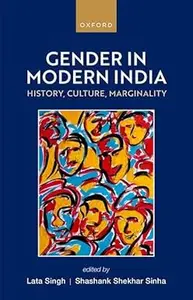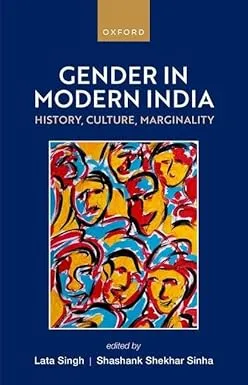Gender in Modern India: History, Culture, Marginality
by Lata Singh and Shashank Shekhar Sinha
English | 2024 | ISBN: 0198900783 | 365 Pages | True PDF | 18.3 MB
by Lata Singh and Shashank Shekhar Sinha
English | 2024 | ISBN: 0198900783 | 365 Pages | True PDF | 18.3 MB
Gender in Modern India brings together pioneering research on a range of themes including social reforms, caste, and contestations; Adivasis, patriarchy, and colonialism; capitalism, political economy, and labour; masculinity and sexuality; health, medical care, and institution building; culture and identity; and migration and its new dynamics.
Commissioned in remembrance of the prolific social historian Biswamoy Pati, this volume examines the gender question through a multilayered and multi-dimensional frame in which interdisciplinarity and intersectionality play an important role. Using case studies on gender from diverse geographies―east, west, north, south, and northeast; community locations―Hindu, Muslim, and Christian; and marginalized socio-economic or ethnic habitations such as those of Dalits and Adivasis, the contributors highlight the complexities and diversities of women's negotiations of patriarchies in varied social, ethnic, and community contexts.
Collectively, the chapters in this volume focus on three related and overlapping settings―colonial, colonial and postcolonial continuum, and postcolonial. They delineate the multiple lives of gender by focusing on its intersections with other markers of difference including race, class, caste, sexuality, culture, ethnicity, region, and occupation, thereby questioning stereotypes, challenging dated notions and interpretations of gender, and demonstrating the ubiquity of patriarchy.



